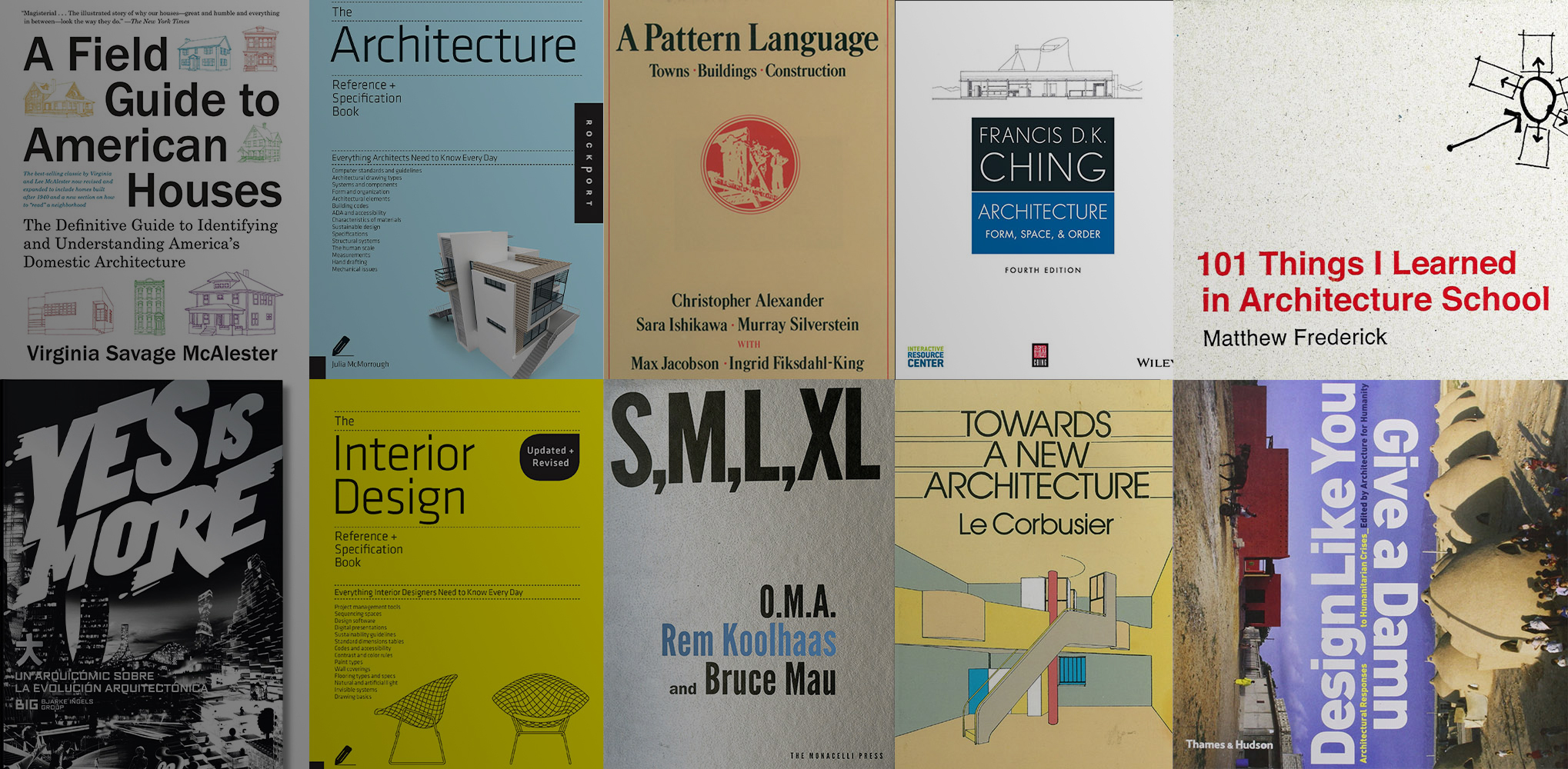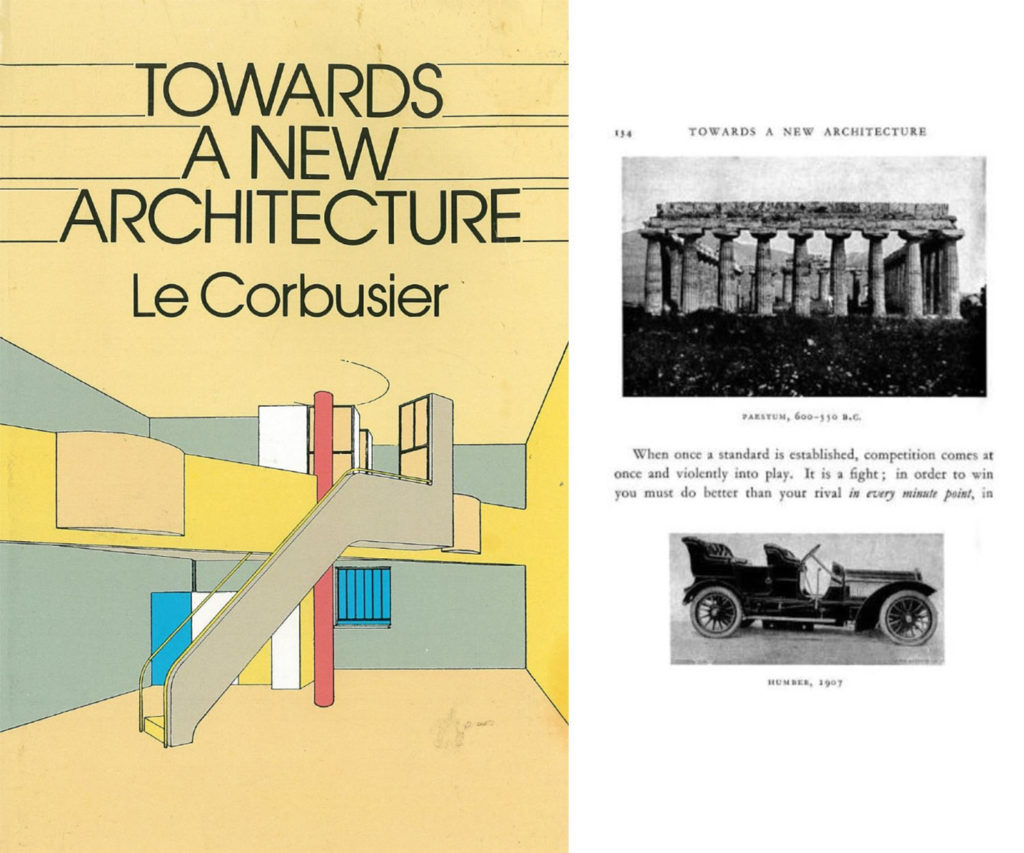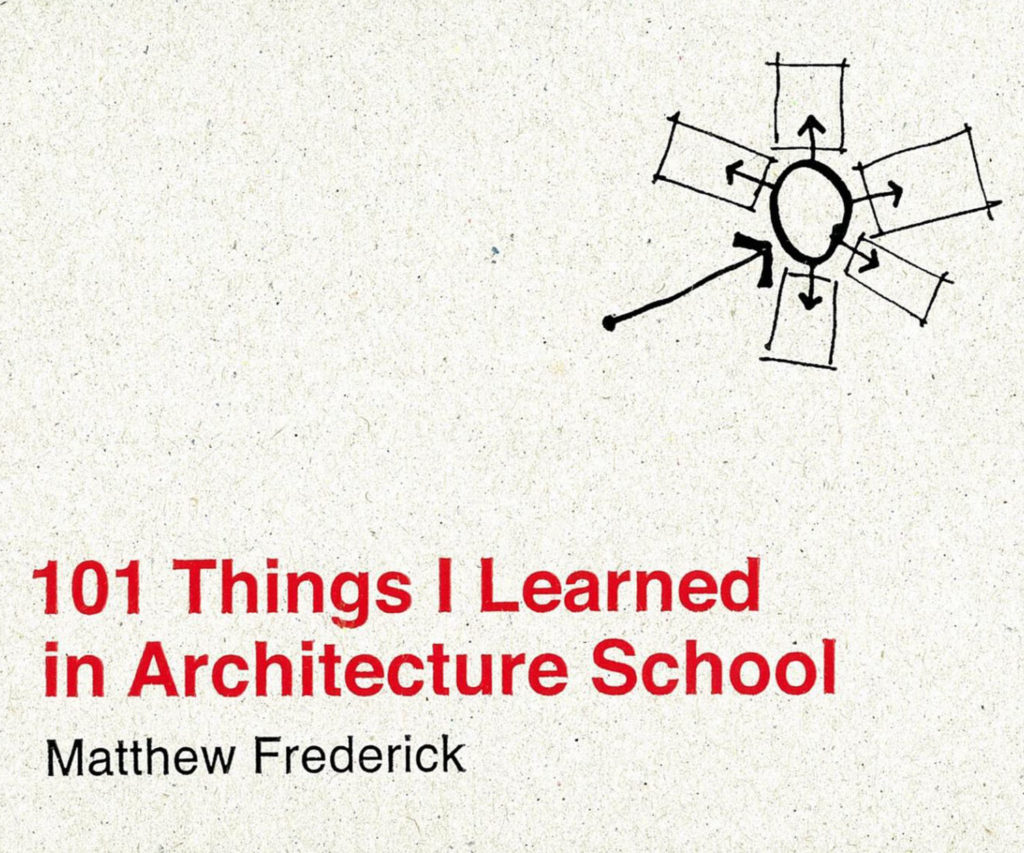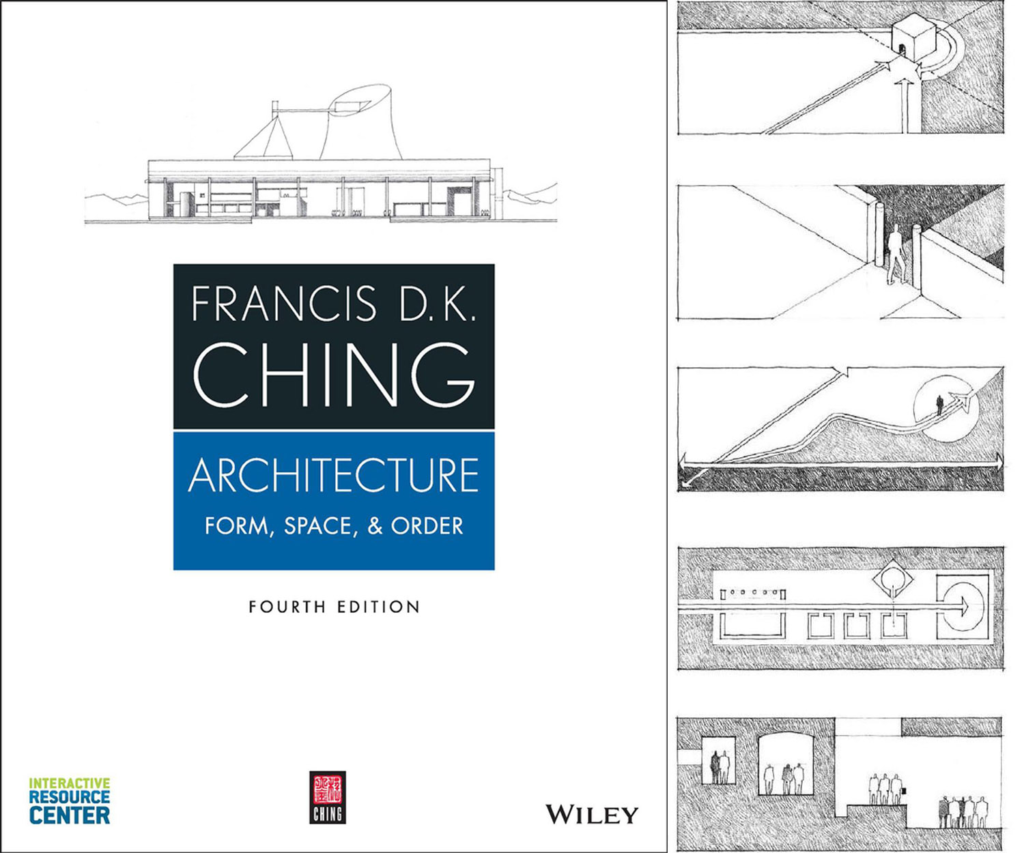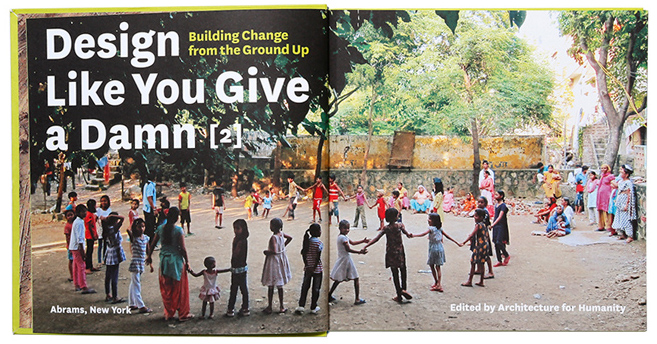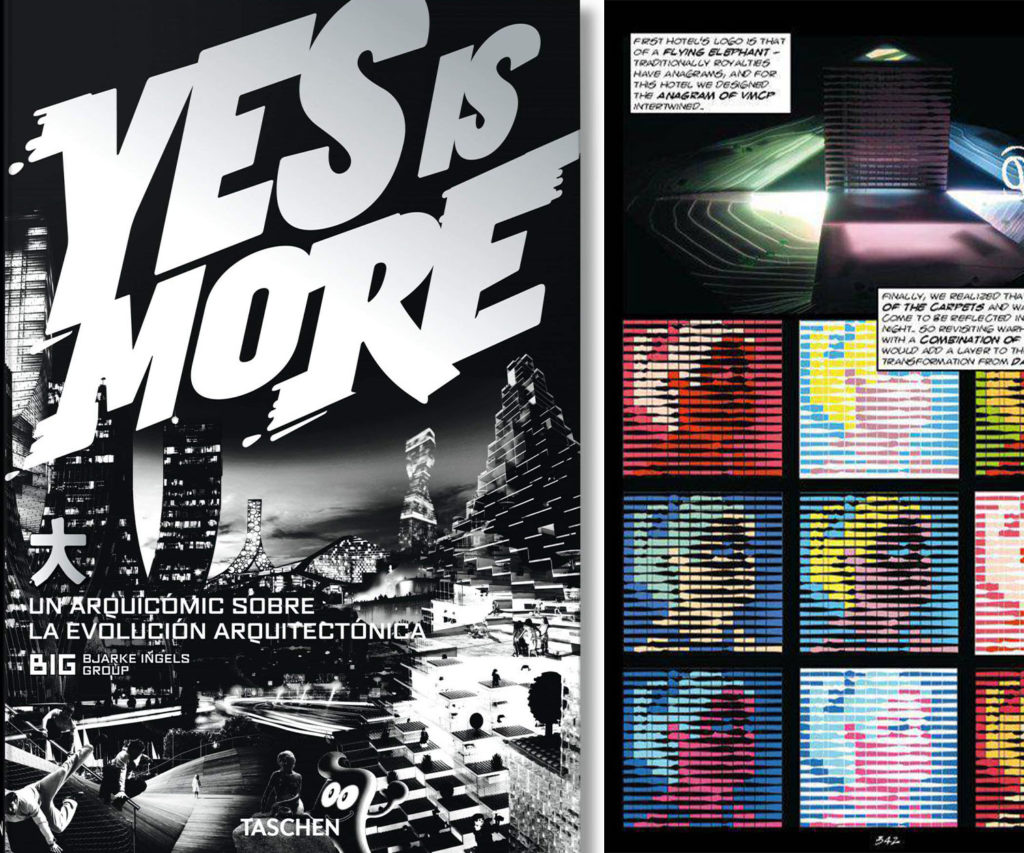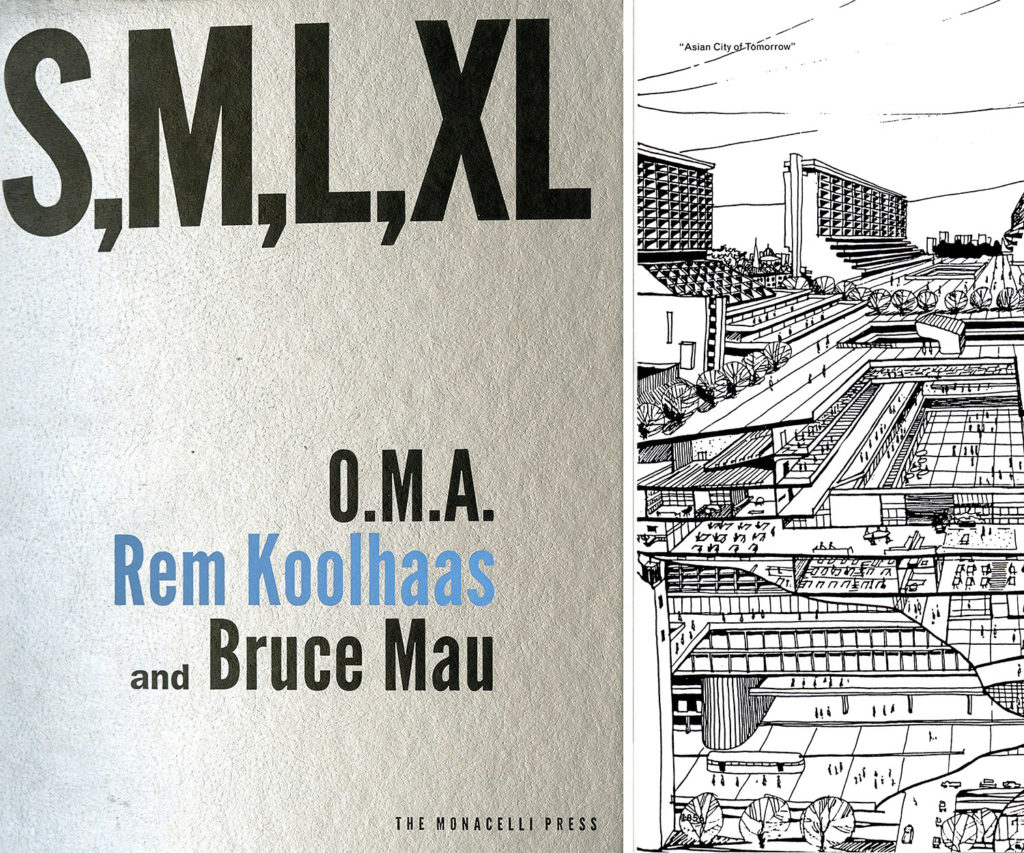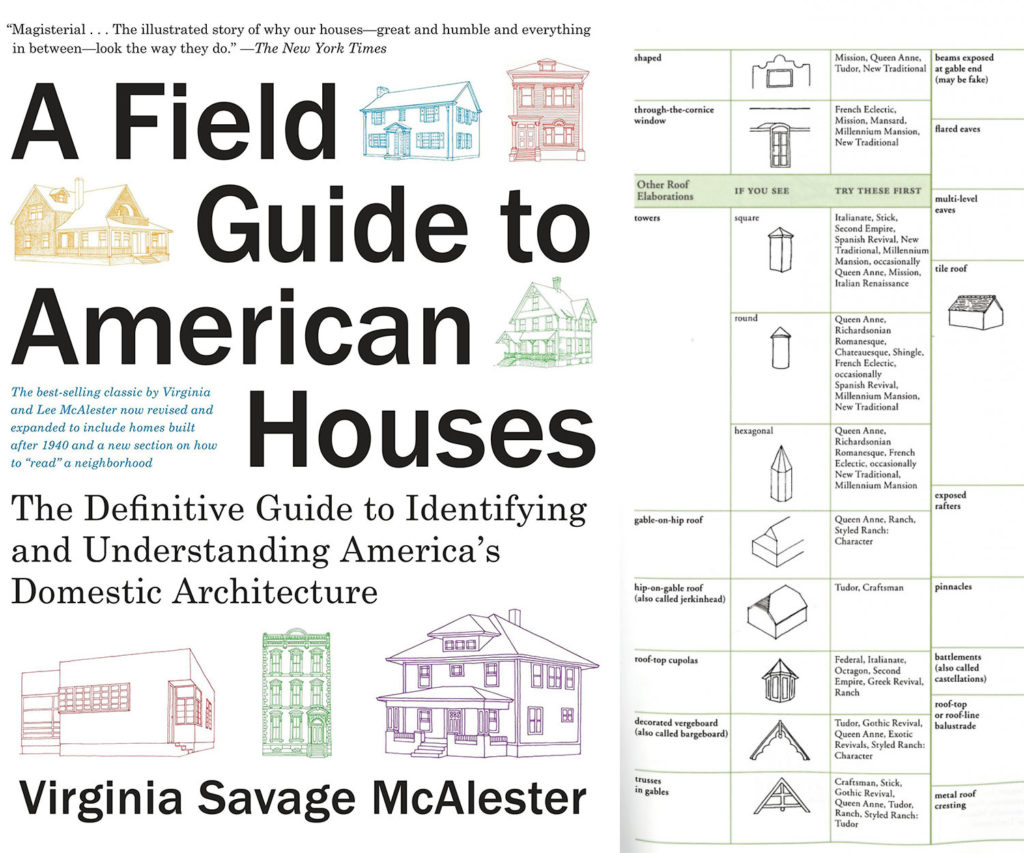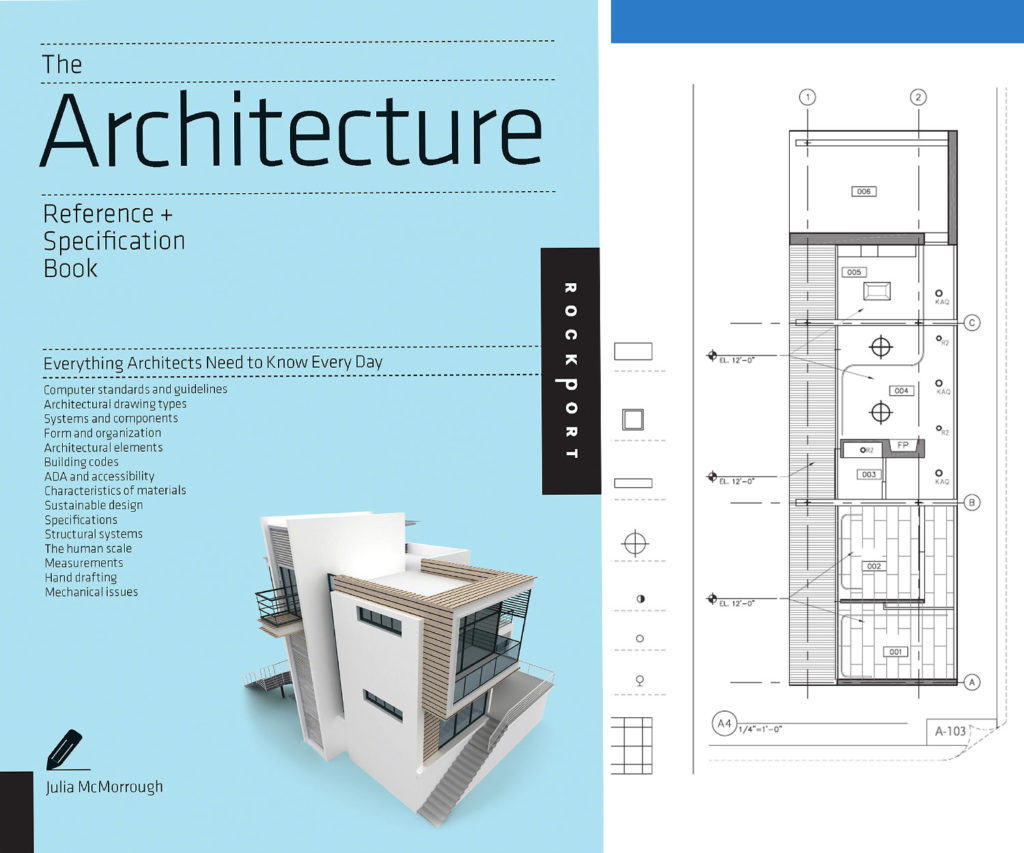Architects: Showcase your next project through Architizer and sign up for our inspirational newsletter.
Architecture is one of the most multidisciplinary fields out there, integrating landscape design, interior design, urban planning, history and philosophy, to name just a few. There is no one way to develop a completely comprehensive architectural education. The good news is, this allows one the freedom to form understanding through a diverse array of educational resources. Offering varying perspectives through varying written formats, architecture-related books are incredibly diverse in nature. The breadth of these books provides value for all learners regardless of expertise.
Below is a collection of some of the most noteworthy architectural books that have proven to be incredibly useful introductory resources for students and professionals alike. From ideological works from the industry’s most influential individuals to encyclopedic reference books, this list is sure to contain books that will inform, captivate and inspire you:
Towards a New Architecture by Le Corbusier
This book offers a collection of essays by famed architect and city planner Le Corbusier, who expresses his technical and aesthetic theories, views on industry and mass-production, economics, the relation between form and function, and everything in between. Each of these subjects come together to advocate and explore the concept of a then burgeoning modern architecture. Towards a New Architecture is illustrated with over 200 line drawings and photographs of Corbusier’s own work and structures he deemed significant. This piece will prove to be an indispensable source of intrigue and inspiration towards unique ways of approaching architecture.
101 Things I Learned in Architecture School by Matthew Frederick
As you might have already guessed, this book provides 101 concise lessons in architectural drawing, design, and presentation ranging from the basics of how to draw a line to the complexities of color theory. It is organized in a unique two-page format that contains simple and clear explanations and illustrations. 101 Things I Learned in Architecture School will prove to be a valuable resource and guide for both practicing architects and students, alike.
Architecture: Form, Space, & Order by Francis D.K. Ching
This updated and revised fourth edition provides a classic introduction to the basic vocabulary of architecture accompanied by information on emerging trends and new developments. It explains form and space in relation to light, view, openings, and enclosures and explores the organization of space. The book is effective in taking complex and abstract design concepts and conveying them in a clear and coherent way. Detailed illustrations help demonstrate the concepts throughout.
Design Like You Give a Damn 2: Building Change from the Ground Up by Cameron Sinclair, Architecture for Humanity
Edited by Architecture for Humanity, a relief organization dedicated to promoting architectural and design solutions to global, social, and humanitarian issues, Design Like You Give a Damn 2 gathers innovative projects developed by architects and designers that serve to improve lives. It is the first book to provide the best in humanitarian architecture and design with its presentation of more than 100 contemporary solutions to needs including, basic shelter, health care, education, and access to basic amenities.
Yes is More. An Archicomic on Architectural Evolution by Bjarke Ingels
BIG’s Yes is More is definitely the most unconventional book on this list with its comic book style and format to express its agenda for contemporary architecture. It is the first comprehensive documentation of BIG’s radical practice that never fails to redefine and question convention. This book, therefore, embodies BIG’s philosophy using one of the most widely known mediums to convey its mission of creating socially, economically, and environmentally perfect places.
S,M,L,XL by Rem Koolhaas, Bruce Mau, and Hans Werlemann
S,M,L,XL presents a selection of the noteworthy design work produced by the Dutch firm Office for Metropolitan Architecture (OMA) and its founder, Rem Koolhaas, from the twenty years prior to its publication. The collective minds of Koolhaas and designer Bruce Mau produce an amalgam of architectural projects, photos, sketches, diary excerpts, poetic writings, personal travelogues, and critical essays on contemporary architecture and society. The book’s title is it’s framework, in which projects and essays are arranged according to scale: small, medium, large, and extra-large.
A Field Guide to American Houses (Revised): The Definitive Guide to Identifying and Understanding America’s Domestic Architecture by Virginia Savage McAlester
This guide chronologically and stylistically captures almost every significant domestic architectural style within America. It essentially serves as a dictionary indexing the language spoken by this country’s built environment. A much overlooked historical context is, thus, acquired breeding character and meaning into the structures that comprise the American landscape. This revised edition includes a section on neighborhoods, new categories of house styles, an appendix on “Approaches to Construction in the 20th and 21st Centuries”, and 600 new photographs and line drawings.
A Pattern Language: Towns, Buildings, Construction by Christopher Alexander, Sara Ishikawa, Murray Silverstein, Max Jacobson, Ingrid Fiksdahl-King, and Shlomo Angel
A Pattern Language is intended to provide both the professional and the average person a framework by which to design, construct, and improve lived spaces whether they be a neighborhood, residence, or office. The book presents what the authors call a pattern language. 253 patterns, forming the language, are given consisting of a problem statement, a discussion of the problem with an illustration, and a solution. Altogether, the pattern language seeks to enable anyone to create a design for any kind of structure or aspect of the built environment.
The Architecture Reference & Specification Book: Everything Architects Need to Know Every Day by Julia McMorrough
This architectural standards reference contains essential information for planning and executing architectural projects at all scales in a format that is very practical and useful. Providing many graphics and charts, the information is easily referable laying bare the most pertinent architectural information. The Architecture Reference & Specification Book would be a valuable addition to any architect’s library looking for convenient, fundamental knowledge.
The Interior Design Reference & Specification Book: Everything Interior Designers Need to Know Every Day by Chris Grimley and Mimi Love
The Interior Design Reference & Specification Book provides an easy to use collection of information fundamental to planning and developing interior projects of all scopes. Topics covered in the book include fundamentals, space, surface, environments, elements and resources. This new, revised edition also presents interviews with the industry’s leading practitioners allowing for a comprehensive guide to the field of interior design.
Architects: Showcase your next project through Architizer and sign up for our inspirational newsletter.
